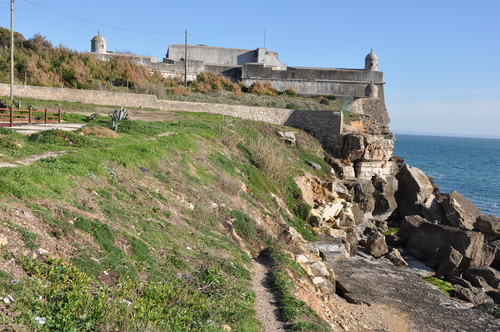Heritage in Estoril
With great weather and natural conditions, Estoril has always been a place of choice for the development of populations from the Paleolithic, through the Phoenician civilizations, Roman, Arab and Christian. Presenting itself in a strategic point, Estoril maintained at its root, great traditions, architectural features, customs and habits of the people who go there. How coastline, the beaches of Estoril were the first and last to see views during the departure of the Portuguese to the Discoveries.
Always marked in the national and world history, Estoril presents with a rich and distinctive heritage, which tell their story from the earliest civilizations to settle in these lands, raising palaces, gardens and residences of the twentieth century to the modern Casino Estoril.

Casino Estoril
Presenting itself as the largest cultural and leisure space, but also as the largest casino in Portugal, the Casino Estoril, is surrounded by gardens that allow you to perform even more events and celebrations such as New Year. This is considered as the “living room” of Portugal.
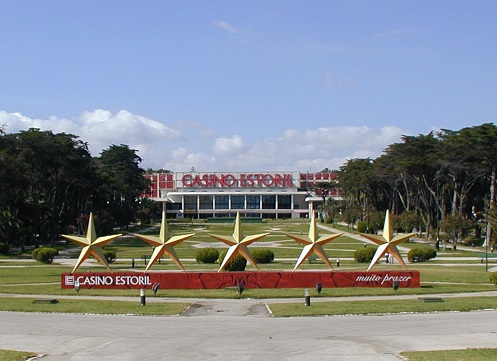
Mother Church of Estoril
Also known as St. Anthony’s Church, this was erected in 1527 on the old hermitage of San Roque. Due to the earthquake of 1755, it was partially destroyed, and rebuilt in 1758. Today, this church is a favorite for weddings and festivities.

Estoril Circuit
Officially called Autodromo Fernanda Pires da Silva, who for 13 issues from 1984 to 1996, hosted the Grand Prix of Portugal Formula 1. This was built in 1972 on the initiative of Fernanda Pires da Silva, who together with the Brazilian architect Ayrton Lolô Cornelsen, raised this race track.
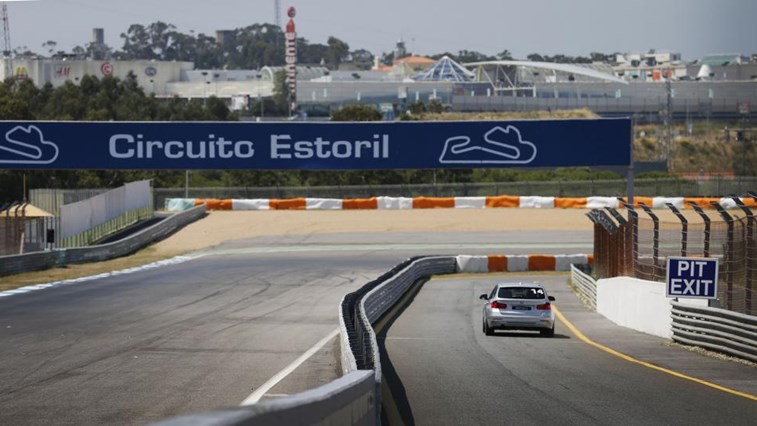
Fort of São Pedro do Estoril
Also known as Fort puddle, this was built in the seventeenth century and is on the bank of the ancient river of Cadaveira in Beach Pool. With a Mannerist military architecture, this fortress was part of the defensive line of John IV, built by Count Castanhede, when Governor of Cascais weapons, which considered such a strategic point for the defense of the Tejo Bar.
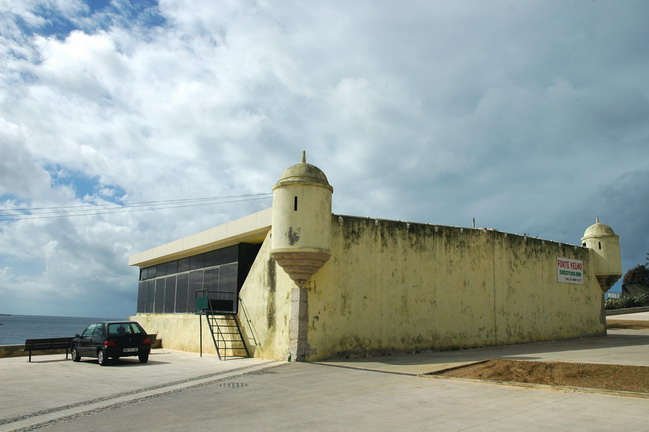
Stable of Santos Jorge
A transport architecture, romantic style, this building was built in the first decade of the 20th century, inserting the constructive core of Alto Estoril.
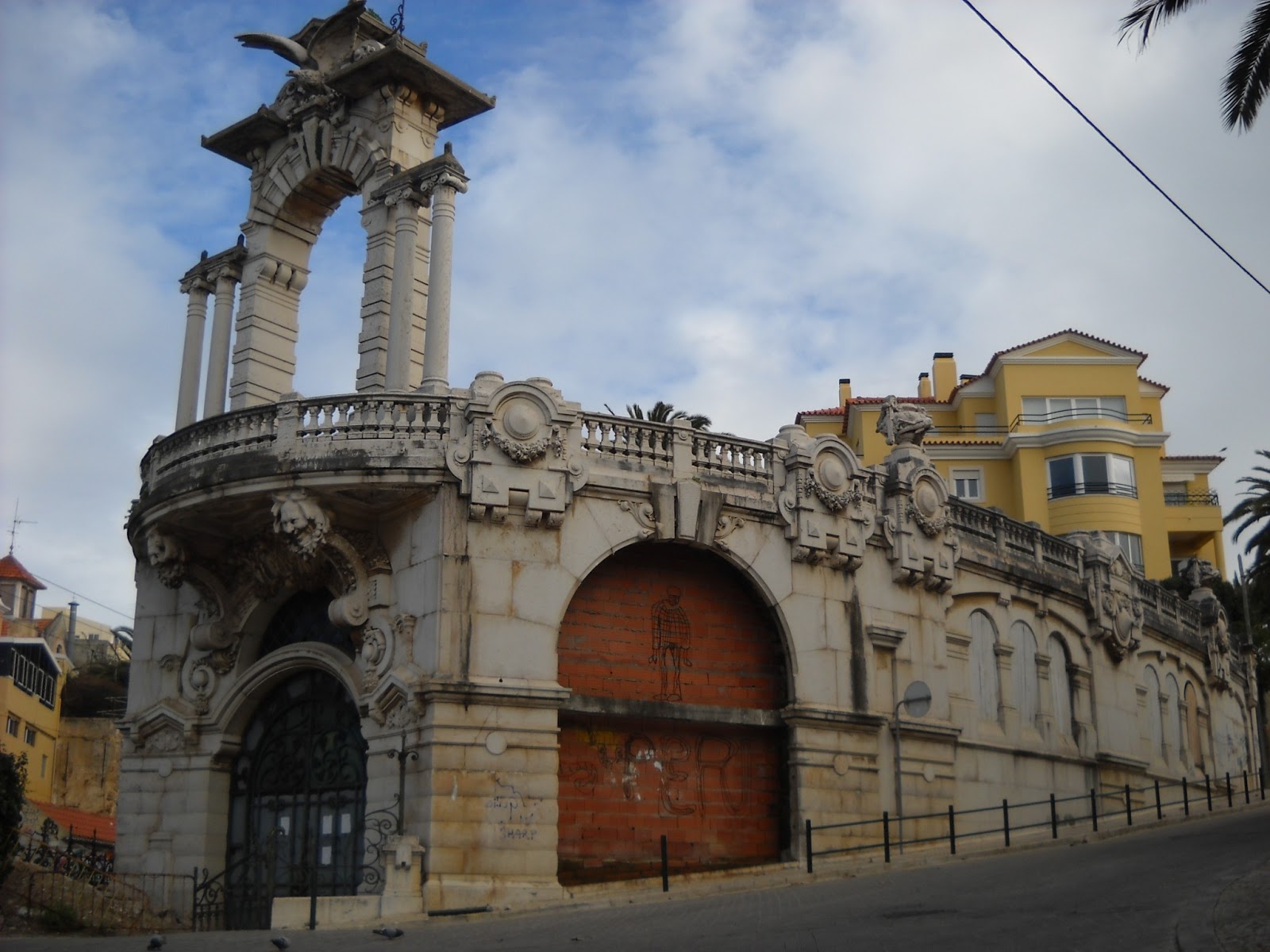
Artificial caves of Alapraia
Also known as Necropolis Eneolítica of Alapraia, this set of four graves are excavated in rock, have a circular chamber with skylight and running, expected to be the final Neolithic and Chalcolithic. Since 1945, these have been classified as Public Interest, and the estate is housed in the Museum of the Counts of Castro Guimarães.
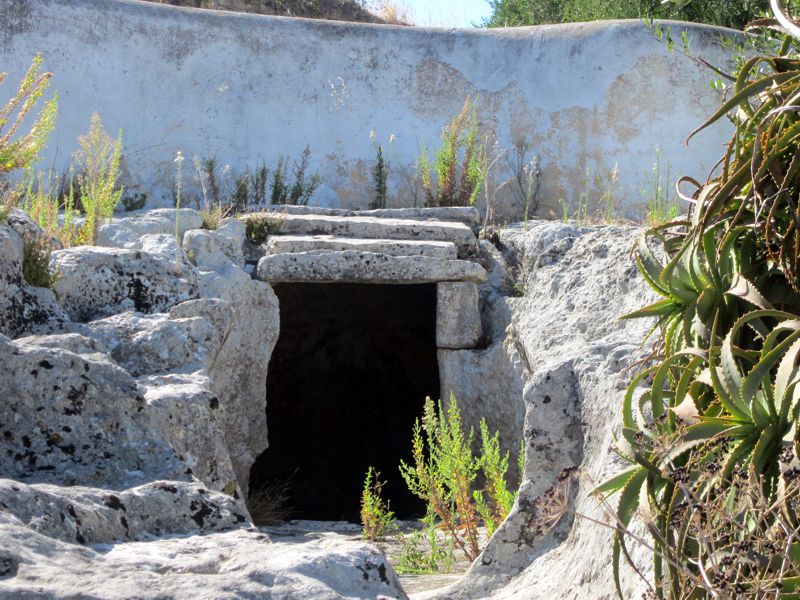
Chapel of Our Lady of Deliverance
It is in Largo do Livramento, now is still a cult site, invoking Our Lady of Light. Until the 70s of the twentieth century, this chapel was linked to Quinta da Samarra, which was donated to the Patriarchate of Lisbon by Mariana Schmidt.
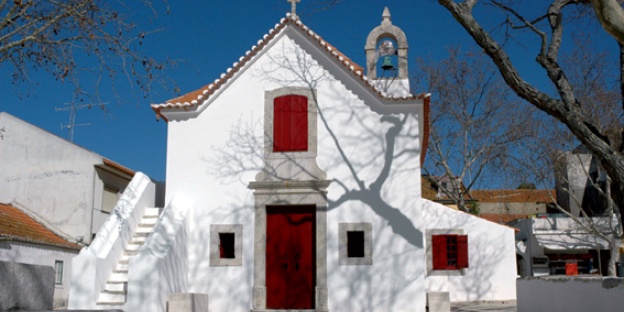
Fort St. Theodosius
Also known by Forte da Cadaveira, this is the beach of São João do Estoril, part of the set of Johannine fortresses, which were built between 1642 and 1648, who defended the coastline of São Julião da Barra and the Cabo da Roca . After deactivation, this was transferred to the Santa Casa da Misericordia de Cascais, which then passed into private ownership, returning to the fellowship in 1897. As of today, it houses the office of the Fiscal Guard.
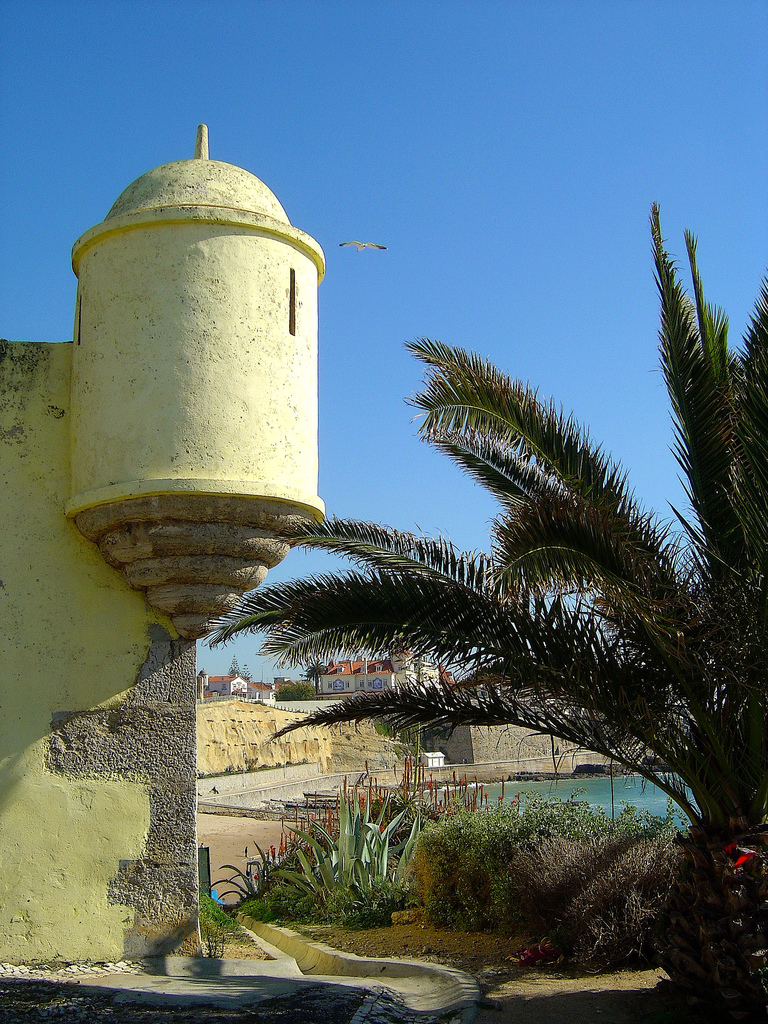
Santo Antonio de Barra Fort or Old Fort
Or called Old Fort, this was built by the military engineer Padre Giovanni Vincenzo Casale, Neapolitan who was to Philip’s reign service I. In the twentieth century were made remodeling and rehabilitation, being adapted to the summer residence of the county president. Today, this is home to a summer camp of the Institute of Maynooth.
